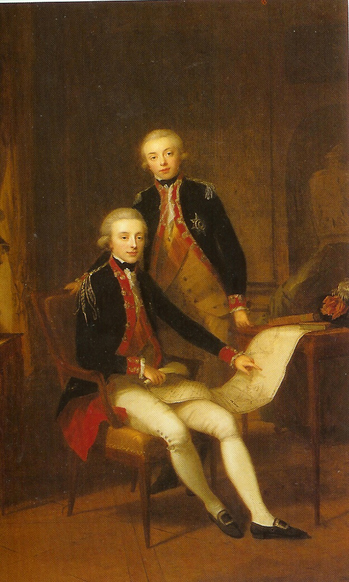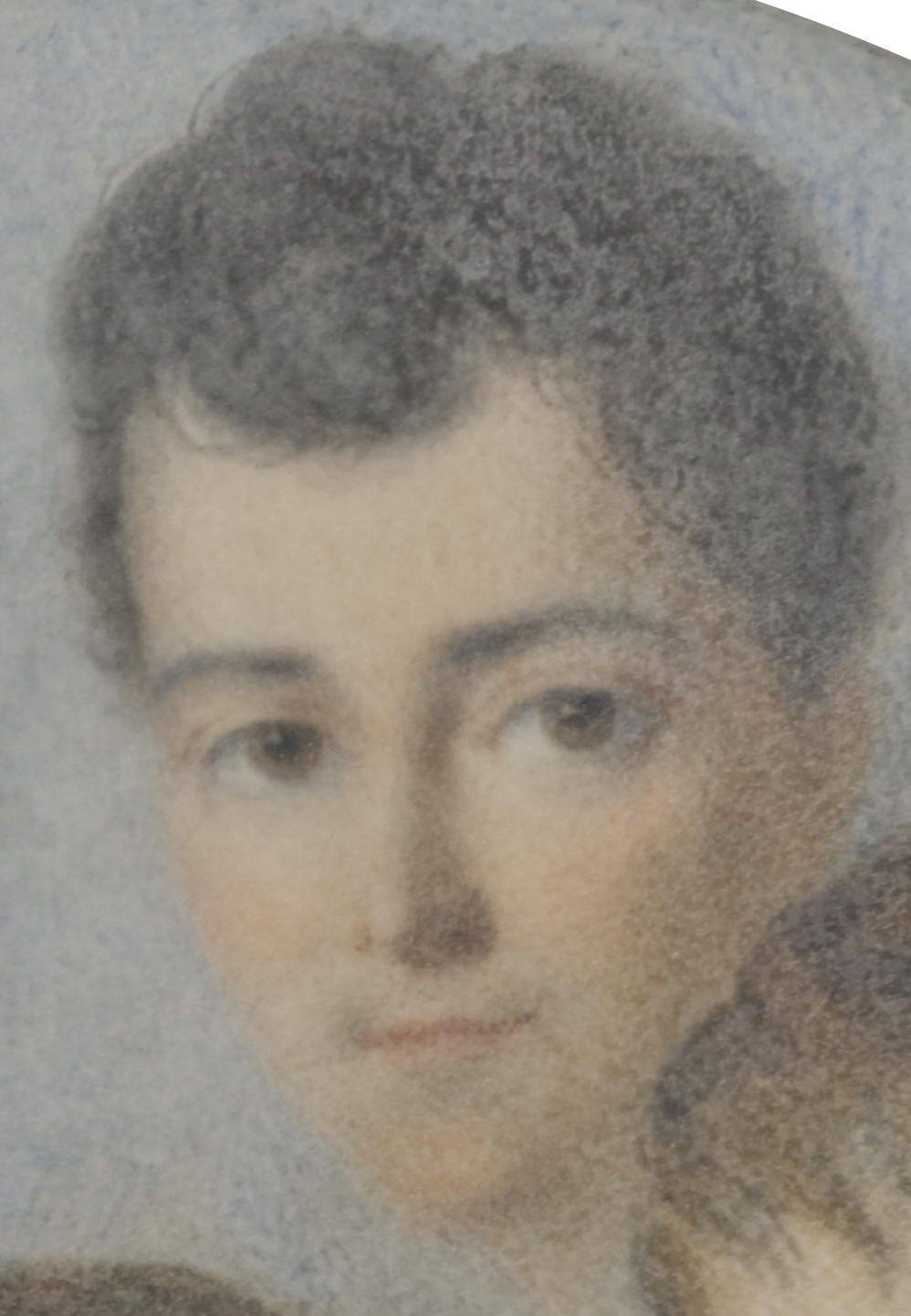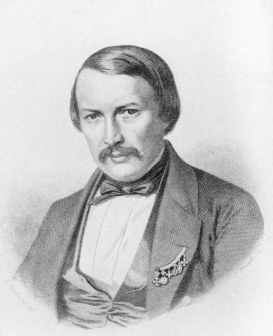|
1843 In Belgium
Events in the year 1843 in Belgium. Incumbents *Monarch: Leopold I *Prime Minister: Jean-Baptiste Nothomb Events * Pierre-Joseph van Beneden establishes the world's first marine laboratory in Ostend * 12 June – Parliamentary elections * 21 July – Antwerp Zoo established * 7 August – Border convention between Belgium and the Luxembourg concluded at Maastricht. * 8 August – Border convention between Belgium and the Netherlands concluded at Maastricht. Publications ;Periodicals *''Almanach royal de Belgique'' (Brussels, Librairie Polytechnique) * ''La Belgique judiciaire: gazette des tribunaux belges et étrangers'' * '' Bulletin et Annales de l'Académie d'Archéologie de Belgique'' begins publication. *''Journal historique et littéraire'', vol. 10 (Liège, Pierre Kersten) *''La renaissance: Chronique des arts et de la littérature'', 4. * ''Revue de Bruxelles'' changes title to ''Nouvelle Revue de Bruxelles''. * ''Revue nationale de Belgique'', Vol. 9 ;Monographs and rep ... [...More Info...] [...Related Items...] OR: [Wikipedia] [Google] [Baidu] |
Belgium
Belgium, ; french: Belgique ; german: Belgien officially the Kingdom of Belgium, is a country in Northwestern Europe. The country is bordered by the Netherlands to the north, Germany to the east, Luxembourg to the southeast, France to the southwest, and the North Sea to the northwest. It covers an area of and has a population of more than 11.5 million, making it the 22nd most densely populated country in the world and the 6th most densely populated country in Europe, with a density of . Belgium is part of an area known as the Low Countries, historically a somewhat larger region than the Benelux group of states, as it also included parts of northern France. The capital and largest city is Brussels; other major cities are Antwerp, Ghent, Charleroi, Liège, Bruges, Namur, and Leuven. Belgium is a sovereign state and a federal constitutional monarchy with a parliamentary system. Its institutional organization is complex and is structured on both regional ... [...More Info...] [...Related Items...] OR: [Wikipedia] [Google] [Baidu] |
Charles Marcellis
Charles is a masculine given name predominantly found in English and French speaking countries. It is from the French form ''Charles'' of the Proto-Germanic name (in runic alphabet) or ''*karilaz'' (in Latin alphabet), whose meaning was "free man". The Old English descendant of this word was '' Ċearl'' or ''Ċeorl'', as the name of King Cearl of Mercia, that disappeared after the Norman conquest of England. The name was notably borne by Charlemagne (Charles the Great), and was at the time Latinized as ''Karolus'' (as in ''Vita Karoli Magni''), later also as '' Carolus''. Some Germanic languages, for example Dutch and German, have retained the word in two separate senses. In the particular case of Dutch, ''Karel'' refers to the given name, whereas the noun ''kerel'' means "a bloke, fellow, man". Etymology The name's etymology is a Common Germanic noun ''*karilaz'' meaning "free man", which survives in English as churl (< Old English ''ċeorl''), which developed its depre ... [...More Info...] [...Related Items...] OR: [Wikipedia] [Google] [Baidu] |
William I Of The Netherlands
William I (Willem Frederik, Prince of Orange-Nassau; 24 August 1772 – 12 December 1843) was a Prince of Orange, the King of the Netherlands and Grand Duke of Luxembourg. He was the son of the last Stadtholder of the Dutch Republic, who went into exile to London in 1795 because of the Batavian Revolution. As compensation for the loss of all his father's possessions in the Low Countries, an agreement was concluded between France and Prussia in which William was appointed ruler of the newly created Principality of Nassau-Orange-Fulda in 1803; this was however short-lived and in 1806 he was deposed by Napoleon. With the death of his father in 1806, he became Prince of Orange and ruler of the Principality of Orange-Nassau, which he also lost the same year after the dissolution of the Holy Roman Empire and subsequent creation of the Confederation of the Rhine at the behest of Napoleon. In 1813, when Napoleon was defeated at the Battle of Leipzig, the Orange-Nassau territories ... [...More Info...] [...Related Items...] OR: [Wikipedia] [Google] [Baidu] |
Prince Of Chimay
Prince of Chimay is a title of Belgian and Dutch nobility associated with the town of Chimay in what is now Belgium. The title is currently held by Philippe de Caraman-Chimay, 22nd Prince de Chimay. The main residence of the princely family is Chimay Castle French_language">French:_''Château_de_Chimay''.html" ;"title="French_language.html" ;"title="nowiki/> French:_''Château_de_Chimay''">French_language.html"_;"title="nowiki/>French_language">French:_''Château_de_Chimay''_which_is_located_in_the_town_of_Chimay_in_the_Belgian_province_of_Hainaut_(province).html" ;"title="French language">French: ''Château de Chimay''">French_language.html" ;"title="nowiki/>French language">French: ''Château de Chimay'' which is located in the town of Chimay Chimay (, wa, Chimai) is a city and Municipalities of Belgium, municipality of Wallonia located in the Hainaut Province, province of Hainaut, Belgium. In 2006, Chimay had a population of 9,774. The area is 197.10 km2 which gives ... [...More Info...] [...Related Items...] OR: [Wikipedia] [Google] [Baidu] |
François-Joseph-Philippe De Riquet
François-Joseph-Philippe de Riquet (21 September 1771 - 2 March 1843), comte de Caraman was the 16th Prince de Chimay from 24 July 1804 to 1843. Early life François-Joseph-Philippe was born in Paris on 21 September 1771. He was a son of Victor Maurice de Riquet de Caraman-Chimay and Marie Anne Gabrielle Josephe Francoise Xaviere de Henin-Liétard. Career During the French Revolution, he emigrated but came back during the First French Empire, and received the title of ''chef de cohorte'' from Napoleon I of France, Napoleon. He became the sixteenth Prince of Chimay after the death of his childless uncle in 1804, inheriting the Chimay estates (now in Belgium). After the Battle of Waterloo in 1815, these became part of the United Kingdom of the Netherlands. Personal life On 22 August 1805, he became the third husband of Thérésa de Cabarrus, who was known as Madame Tallien, former wife of Jean Lambert Tallien who bore eleven children by various husbands and lovers. After their m ... [...More Info...] [...Related Items...] OR: [Wikipedia] [Google] [Baidu] |
Charles Van Der Stappen
Charles van der Stappen (also Karl van der Stappen; 19 September 1843 – 21 October 1910), was a Belgian sculptor, born in Saint-Josse-ten-Noode. Life Educated at the Académie Royale des Beaux-Arts in Brussels (1859–1868), van der Stappen's contribution to the Brussels Salon was "The Faun's Toilet" of 1869, and thereafter he began to produce work of a high and novel order in every class of sculpture, and soon, along with Paul de Vigne, became recognized as the leader of the section of the new Belgian school of sculpture which infused models derived from Greek and Roman models and the art of the Italian Renaissance with naturalistic detail and fleeting action. His best-known funeral monuments are those to Alexandre Gendebien (1874) and Baron Coppens, at Sheel (1875). His statues include ''William the Silent,'' set up at the Petit Sablon Square, and two in the Brussels Museum, ''The Man with the Sword,'' and "The Sphinx". The bronze group ''Ompdrailles'' was acquired by th ... [...More Info...] [...Related Items...] OR: [Wikipedia] [Google] [Baidu] |
Edmond Hanssens
Edmond-Winnie-Victor Hanssens (25 July 1843 – 28 December 1884) was a Belgian soldier and colonial administrator. He did much to establish the Belgian presence on the Upper Congo River in the last two years of his life. Early years (1843–1881) Edmond-Winnie-Victor Hanssens was born in Veurne, Belgium on 25 July 1843. He entered the École Militaire (Military School) on 1 March 1860 and was appointed second lieutenant on 22 March 1862. He was posted to the 11th line regiment. On 3 July 1867 he was appointed lieutenant. He entered the École de Guerre in 1871 and obtained the certificate of deputy ''état-major'' in 1875. He was promoted to captain in 1876, and became a tutor of the military art course at the École Militaire. Journey to Léopoldville (1881–1882) In 1881 Hanssens volunteered for the Upper Congo Study Committee of the Military Cartographic Institute. He left for Africa at the end of January 1882, and reached Banana, Democratic Republic of the Congo, Banana on ... [...More Info...] [...Related Items...] OR: [Wikipedia] [Google] [Baidu] |
Paul De Smet De Naeyer
Paul Joseph, Count de Smet de Naeyer (13 May 1843 – 9 September 1913) was a Belgian Catholic Party politician. Born in Ghent, son of a cotton industrialist, he was himself also an industrialist and a banker. He was head of the Société Générale de Belgique and the owner of several coal mines. He represented Ghent and Eeklo in the Belgian Chamber of Representatives from 1886 to 1908, and served in the Belgian Senate from 1908 to 1913. He served in several governments, as Minister of Finance from 1894 to 1896, and again from 1899 to 1907, combining the portfolio with the Ministry of Public Works. He was the prime minister of Belgium from 1896 to 1899, and again from 1899 to 1907. Honours ;National * : **1899: Minister of State, by Royal Decree. **1900: Created Count de Smet de Naeyer, by Royal Decree. ** Grand Cordon in the Order of Leopold ** Knight Grand Cross in the Order of the African Star ;Foreign * : Knight Grand Cross in the Legion of Honour * : Knight Grand Cr ... [...More Info...] [...Related Items...] OR: [Wikipedia] [Google] [Baidu] |
Jules Vandenpeereboom
Jules (Julius) Henri Pierre François Vandenpeereboom (18 March 1843 – 6 March 1917) was a Belgian Catholic Party politician. Vandenpeereboom was born in Kortrijk and educated as a lawyer. He represented Kortrijk in the Belgian Chamber of People's Representatives from 1878 to 1900. He held several ministerial posts, beginning with Railways, Posts and Telegraphs, from 1884 to 1899. He combined this with the War ministry from 1896. He served as the prime minister of Belgium in 1899. He was responsible for the introduction of bilingual postage stamps in Belgium in the period 1891 to 1893. On leaving the Chamber, he was appointed an honorary Minister of State in 1900 and served in the Belgian Senate representing West Flanders. He died in Anderlecht Anderlecht (, ) is one of the 19 municipalities of the Brussels-Capital Region, Belgium. Located in the south-western part of the region, it is bordered by the City of Brussels, Forest, Molenbeek-Saint-Jean, and Saint-Gilles, ... [...More Info...] [...Related Items...] OR: [Wikipedia] [Google] [Baidu] |
Hendrik Conscience
Henri (Hendrik) Conscience (3 December 1812 – 10 September 1883) was a Belgian author. He is considered the pioneer of Dutch-language literature in Flanders, writing at a time when Belgium was dominated by the French language among the upper classes, in literature and government. Conscience fought as a Belgian revolutionary in 1830 and was a notable writer in the Romanticist style popular in the early 19th century. He is best known for his romantic nationalist novel, ''The Lion of Flanders'' (1838), inspired by the victory of a Flemish peasant militia over French knights at the 1302 Battle of the Golden Spurs during the Franco-Flemish War. Over the course of his career, he published over 100 novels and novellas and achieved considerable popularity. After his death, with the decline of romanticism, his works became less fashionable but are still considered as classics of Flemish literature. Early life Childhood Hendrik was the son of a Frenchman, Pierre Conscience, from Besan� ... [...More Info...] [...Related Items...] OR: [Wikipedia] [Google] [Baidu] |
Henry Robert Addison
Henry Robert Addison (1805–1876), sometimes erroneously called Captain Addison, was born in Calcutta. He became a Cornet (rank), cornet in the 2nd Dragoon Guards on 12 July 1827, and was promoted to lieutenant on 15 March 1831, which rank he held until 21 June 1833, when he was placed on half pay. He began writing for the stage in 1830 and was the author of about sixty dramas and farces. He was lessee of Scala Theatre, Queen's Theatre, London from August 1836 to 1837. He wrote many songs and articles in monthly magazines. He was author of about twelve novels and stories. He edited ''Who's Who (UK), Who's Who'' from 1849 to 1850. He was special correspondent of a morning paper at the Paris exhibition in 1867. He was deputy chairman of London steamboat company. He died at Albion St., Hyde Park, London, on 24 June 1876, aged 71.Frederic Boase. "Addison, Henry Robert" in ''Modern English Biography''. 1892. Volume 1. Page 1819/ref> References *"Our Portrait Gallery, No. XXIII: Henr ... [...More Info...] [...Related Items...] OR: [Wikipedia] [Google] [Baidu] |



